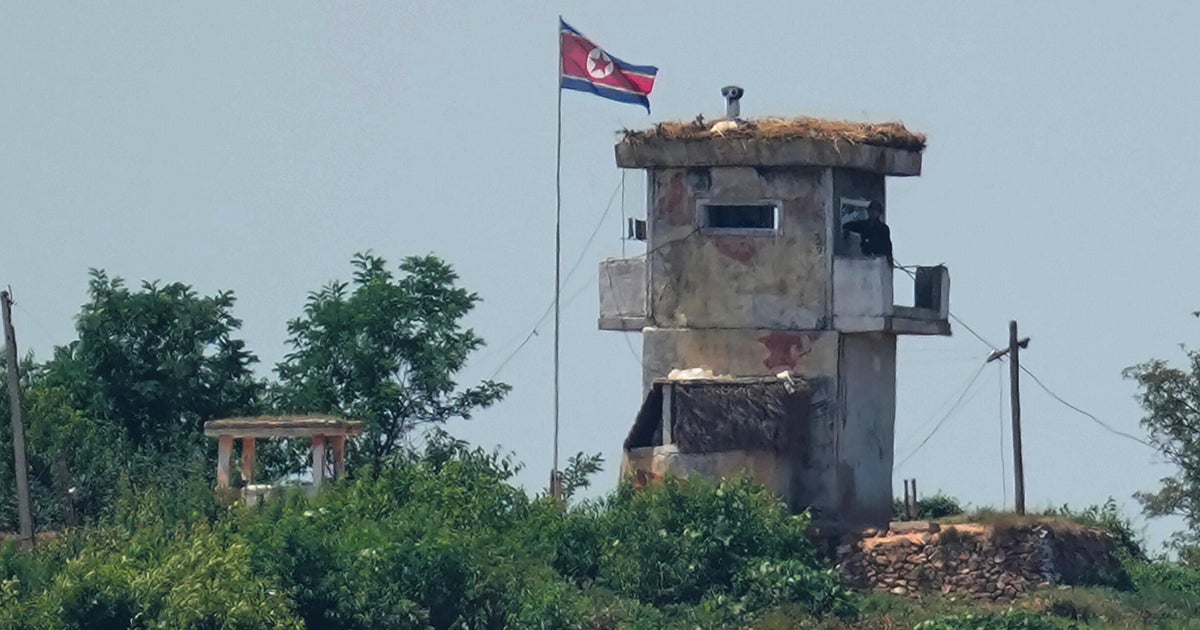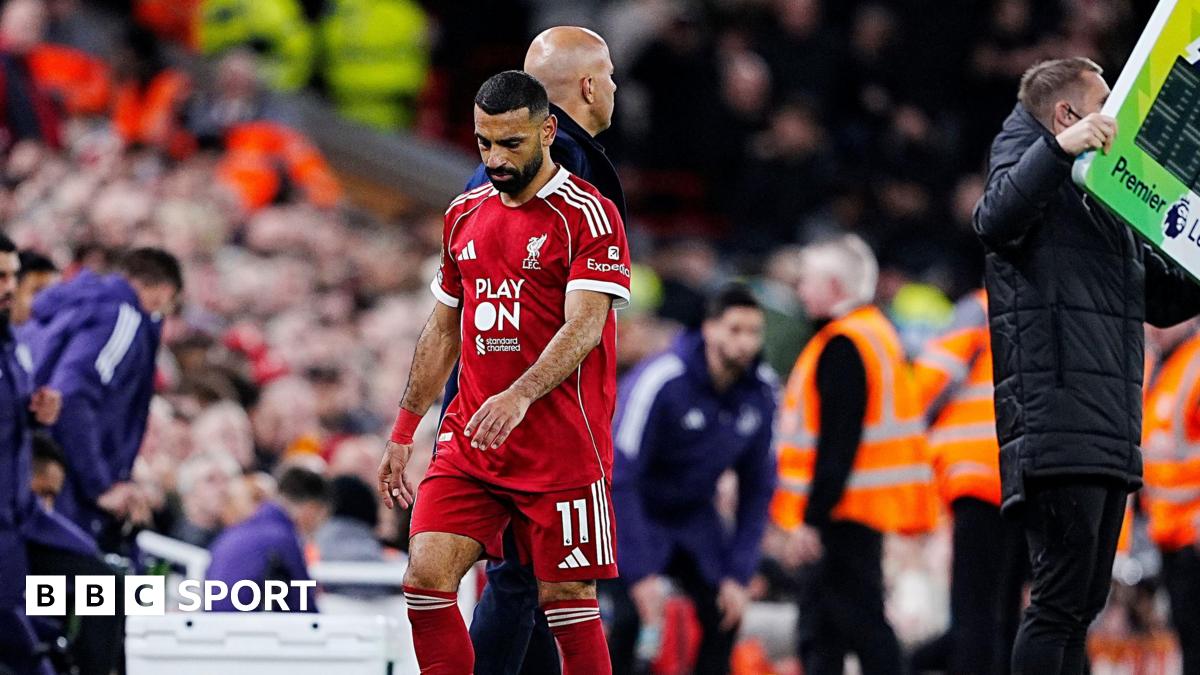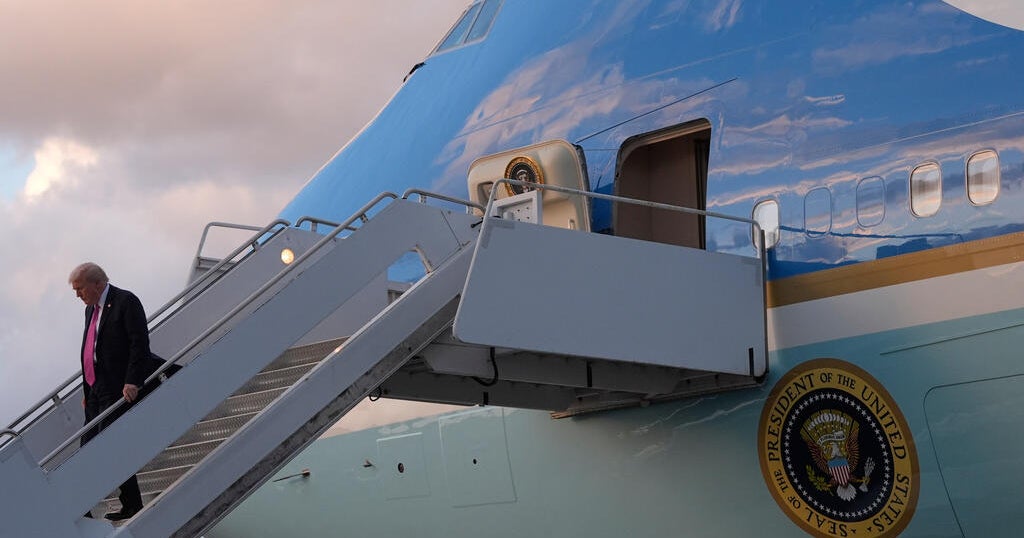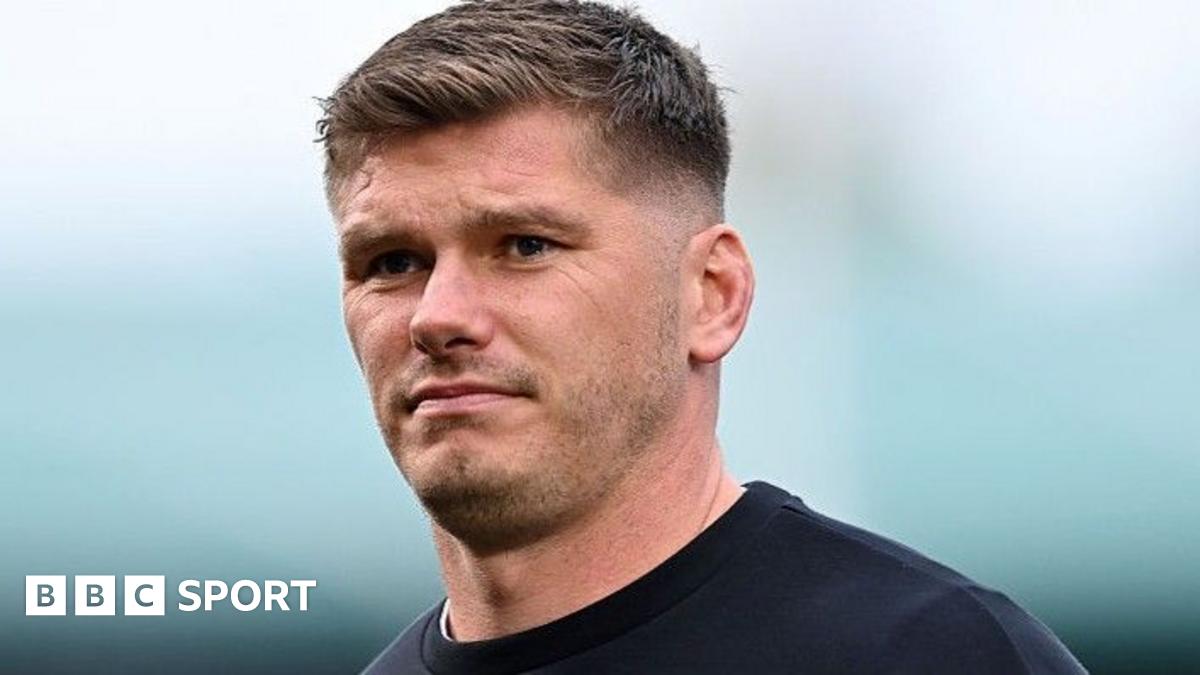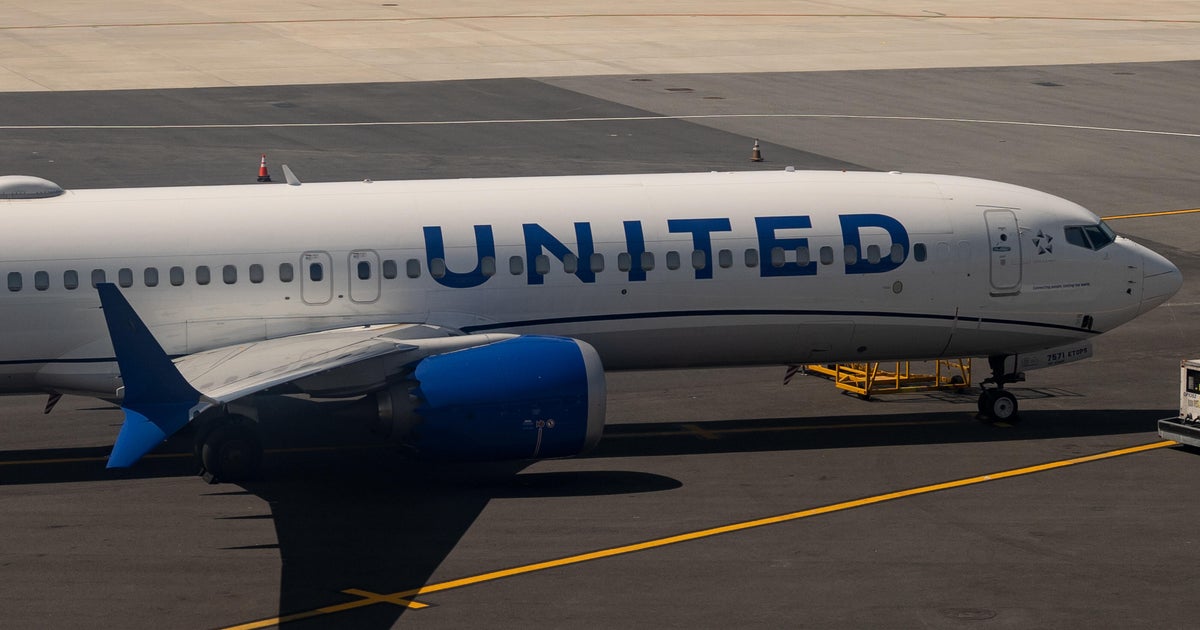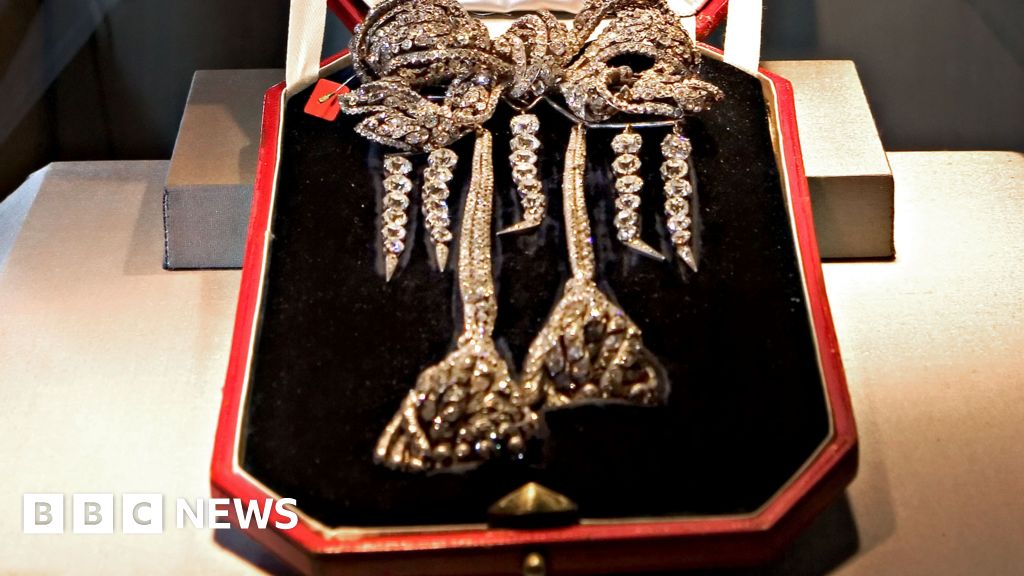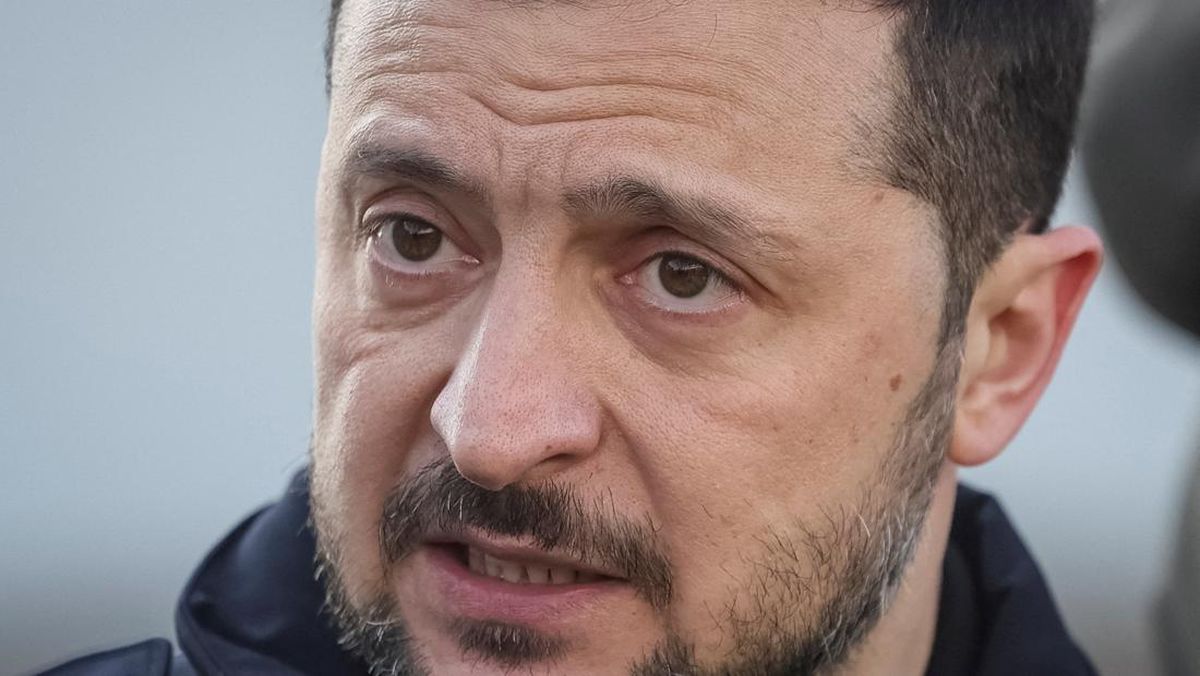Dental conditions are the leading cause of preventable hospitalisations in NSW, costing the public and private health systems $147 million a year. Children aged nine and under are most at risk of being admitted to hospital due to tooth decay and cavities, new research shows.
At the same time, data analysis reveals vast dental deserts across NSW. Residents in some parts of the state are forced to travel almost 300 kilometres to see a dentist for a preventative check-up.

Siblings George, 9, and twins Imogen and Addison, 7 are encouraged to take care of their teeth, and they visit the mobile dentist bus at their school in Ashcroft. Credit: Jessica Hromas
The research by consultancy firm Mandala and commissioned by the NSW Council of Social Service highlights the increasing costs on the health system because people cannot access dental services, either because of distance or cost-of-living pressures.
The vast distances patients must travel to access care have created dental deserts, where in regional areas some residents live 300 kilometres from the nearest dentist.
While the situation is most stark in western NSW, some residents in parts of the state’s South Coast also have to travel almost 100 kilometres for a preventative dental examination.
The inability to access dental services has contributed to the rise in preventable hospitalisations from dental conditions, which have had an annual 3 per cent growth, faster than the population growth rate of 1 per cent, according to the research.
If governments – state and federal – fail to reduce preventable dental hospitalisations by 2033, the annual cost to NSW will be $212 million, a 44 per cent increase on today’s costs, the research says.
Dental conditions that contribute to potentially preventable hospitalisations include tooth decay, gum disease, gum and jaw disorders, oral cysts, irritation and tongue swelling.
Mandala’s research also found $55 million of the current $144 million cost is spent on children. Those aged nine and under are most at risk of hospitalisation due to tooth decay and cavities.
Dental caries, or tooth decay, in young children is the most common childhood disease. It is five times more common than asthma, according to the research, and it is often caused by prolonged exposure to sugary beverages such as fruit juice or milk from a bottle.

Dental deserts exist across NSW, where patients have to travel as much as 300km for treatment.Credit: Michael Howard
NSW Council of Social Service chief executive Cara Varian said timely access to appropriate dental care “should not depend on your postcode or parents’ pay packet”.
“Young children top the list of people going to hospital the most for dental issues, followed by older people, First Nations people and those from regional and remote communities, who face the biggest challenges in accessing dental check-ups,” she said.
“Some families outside the cities live in what’s known as a dental desert, meaning they have to travel hundreds of kilometres to visit their closest dental provider. This can present a geographic and financial challenge for many families.”
Varian said the NSW government was trying to increase awareness of the federal Child Dental Benefits Schedule, which has an uptake of just 35 per cent, encouraging eligible families to make use of it.
Loading
“The low uptake of the CDBS speaks to broader cost-of-living pressures families in NSW are facing right now. We’re hearing from our networks that many are put off from visiting the dentist at all, for fear of having to pay for additional dental work in the future,” Varian said.
Expanding the NSW Primary School Mobile Dental Program, which offers free basic dental care to primary students atparticipating public schools in 11 local health districts, was also critical in improving access to dental care, Varian said.
Kristi Davis, mother of nine-year-old George and seven-year-old twins Imogen and Addison, said the dental bus that visited her children’s Ashcroft school was invaluable for working parents.
Loading
Davis said her young children were initially apprehensive about having a dental check-up without her, but once they realised their friends were also seeing the dentist, they loved the idea.
“I feel like the school dental program is much more popular with kids than just going to the dentist because they are all together, and it’s more educational. They see the bus arrive, and they are like, ‘I wonder if I am seeing the bus today’,” Davis said.
“For working mums, it is often hard to book appointments, and go to the appointment, but with the bus, they just go during school time and it makes it so much easier.”
Most Viewed in Politics
Loading


